One of the Most Iconic Wallpapers of All Time Is Back
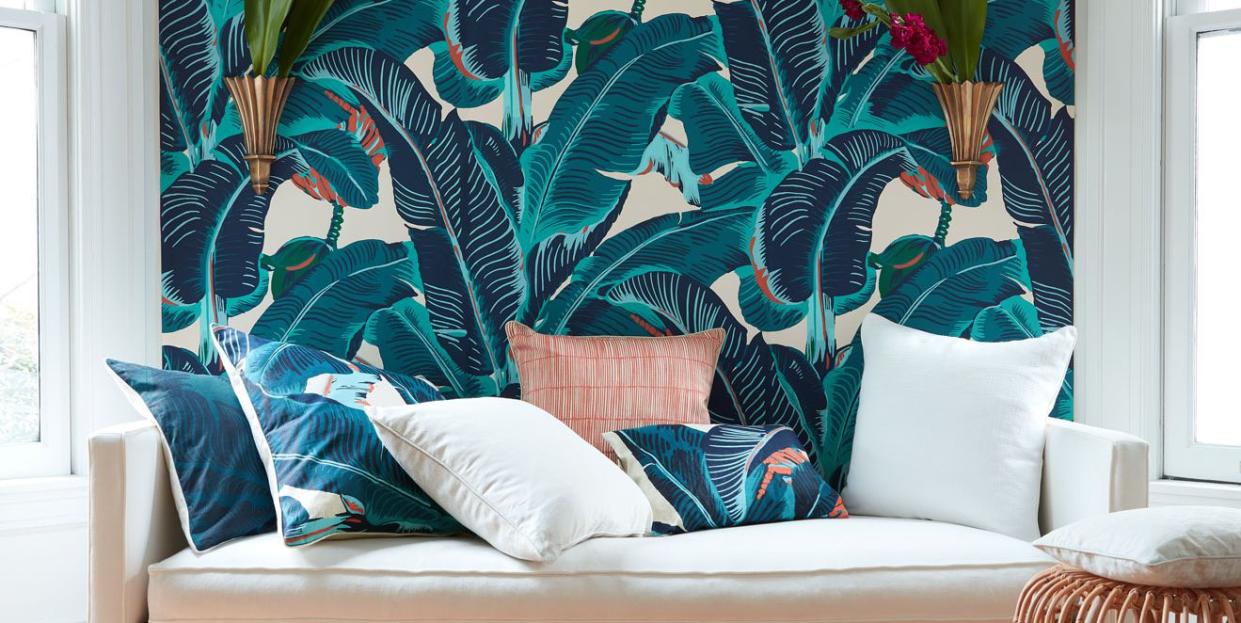
In 1942, the designer, dancer, and regular man about town Don Loper swathed the walls of the Beverly Hills Hotel in a large-scale tropical palm print, and the design world has never been the same. Chances are you've seen this iconic wallpaper (or one if its many imitations) in some form, regardless of whether or not you know Loper, Albert Stockdale, or Remy Chatain-more on them soon. Now, after nearly 80 years with nary an update, the paper's manufacturer, CW Stockwell, is releasing an entire new collection based on the iconic print, bringing the pattern into the modern day while paying homage to its roots.
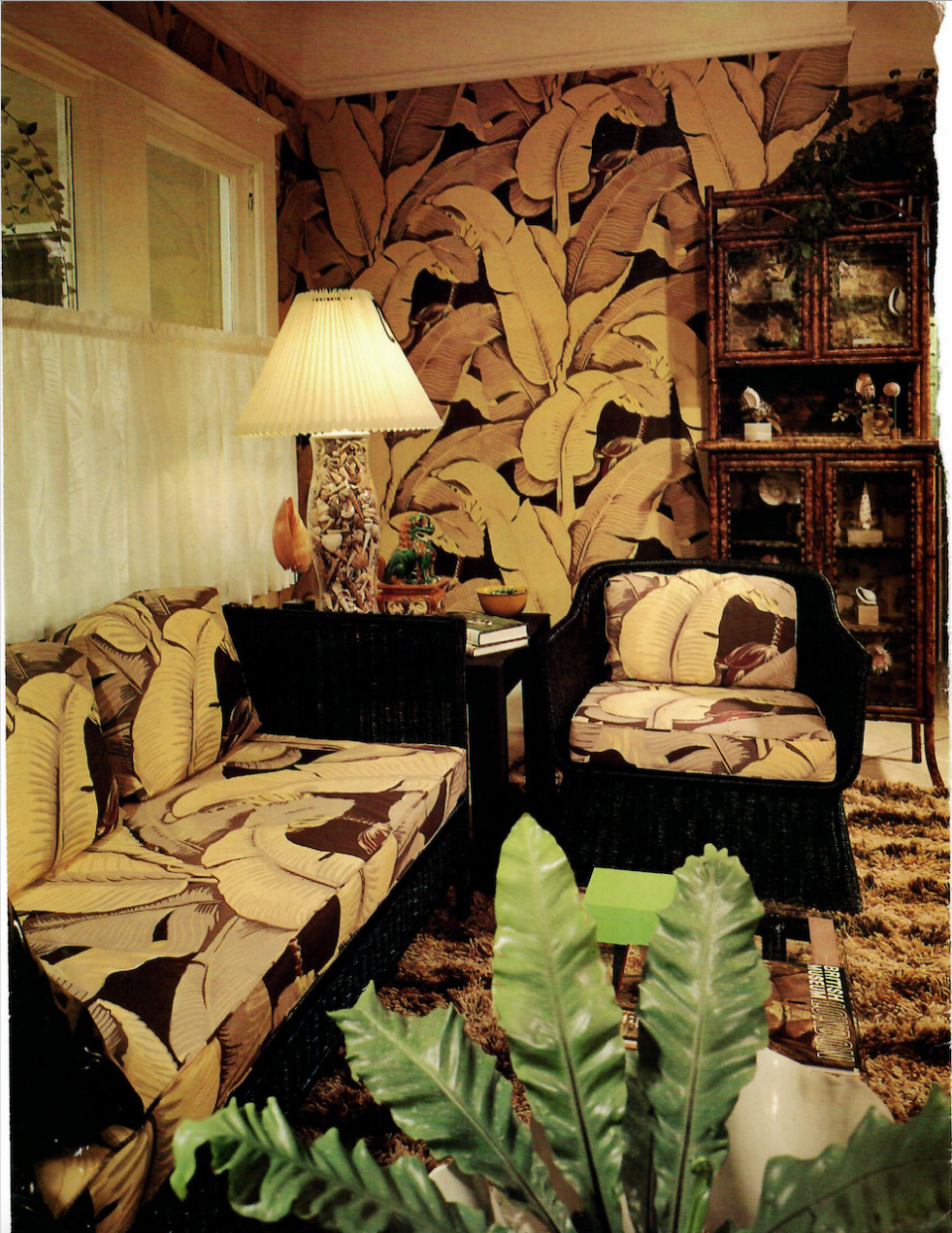
We'll get to the particulars in a moment, but first, let's rewind, because the story of this famous pattern is worth revisiting. In 1905, Clifton W. Stockwell founded CW Stockwell, manufacturing designer wallcoverings and fabrics out of Pasadena, California. The company was eventually taken over by his daughter Lucile and her husband Remy Chatain. In 1942, the Chatains took a trip to Martinique, where they were wowed by the scale of the banana leaves.
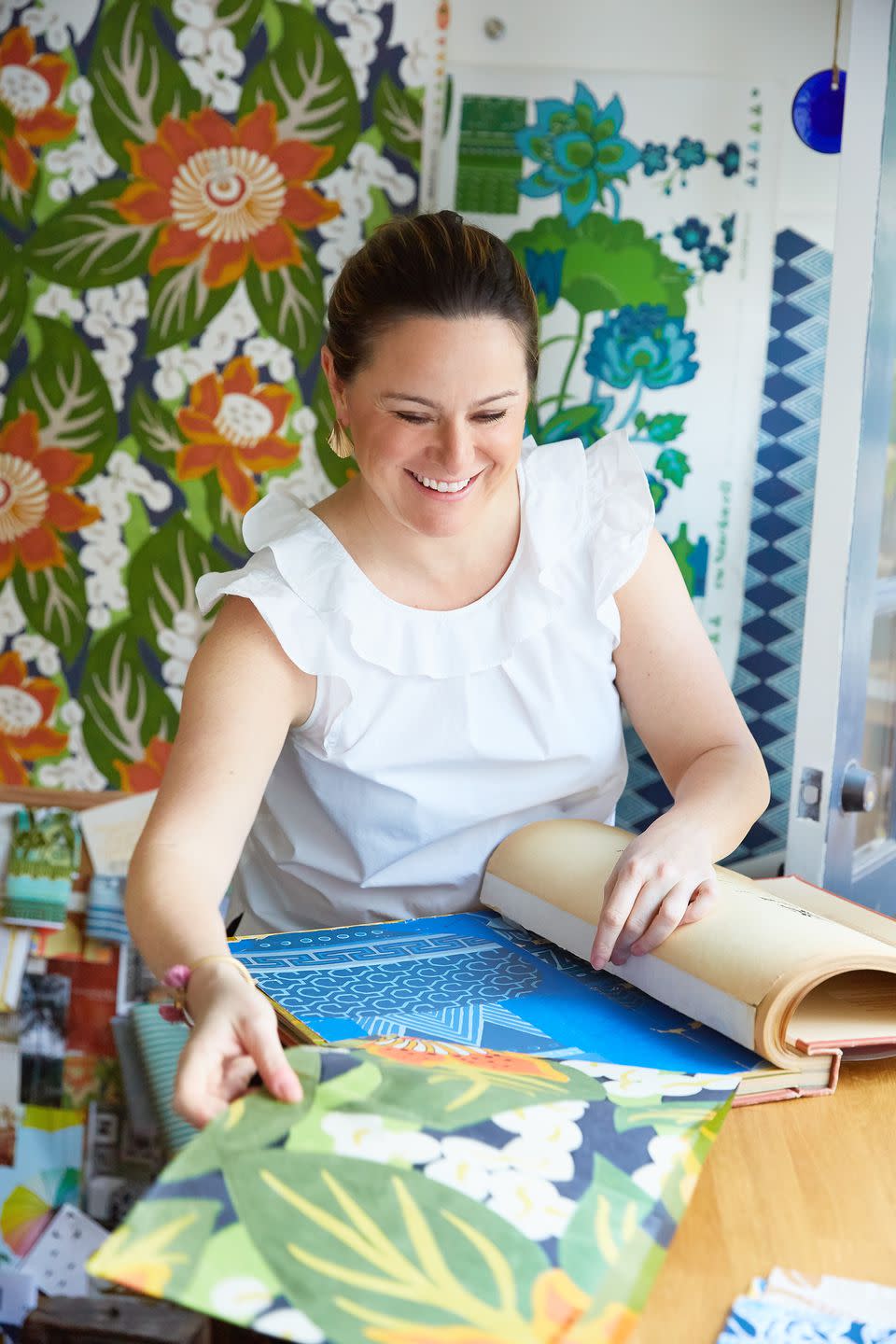
Fresh back from their vacation, they commissioned a close friend, artist Albert Stockdale, who lived down the street from them in Pasadena, to render a take on the banana leaf for CW Stockwell. Martinique was released in 1941, and, after Loper's 1942 hotel renovation, it became a national phenomenon, appearing on the pages of Architectural Digest and House Beautiful for decades.
Monday decisions 🧐 #DCmoments 📸 by @audrey.e.ma
A post shared by The Beverly Hills Hotel (@bevhillshotel) on Feb 4, 2019 at 9:17am PST
Remy and Lucile passed the company down to their son, Remy Jr., who died in 2013. That's where Katy Polsby comes in. Polsby-coincidentally enough, a veteran of design brands West Elm and Serena & Lily-was a family friend of Remy Jr., and when he died, Polsby's mother took over the company, which had no real succession plan. "He’d grown a little exhausted by it after 50 years and he’d looked around and didn’t have any idea of who could or would want to take it on," Polsby explains.
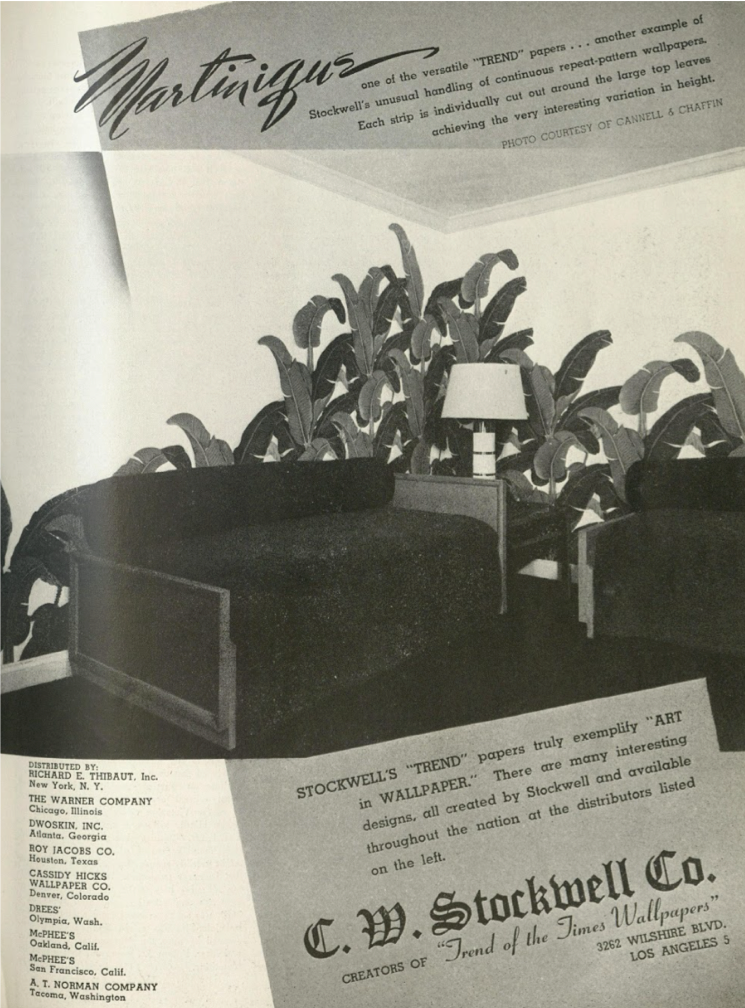
At first, Polsby was reluctant to step into such a big legacy, and her mom "kept the lights on" at the company for 5 years while Polsby continued her work at Serena & Lily. A weekend spent poking around the company archives (then housed in her parents' basement) led her to a sudden epiphany, though: "There were just boxes and boxes of these old patterns and paintings he'd made," she recalls. "I began to have this kind of panic, because not getting the CW Stockwell stuff out there felt tragic. I began looking at all these patterns and I gave my notice two days later."
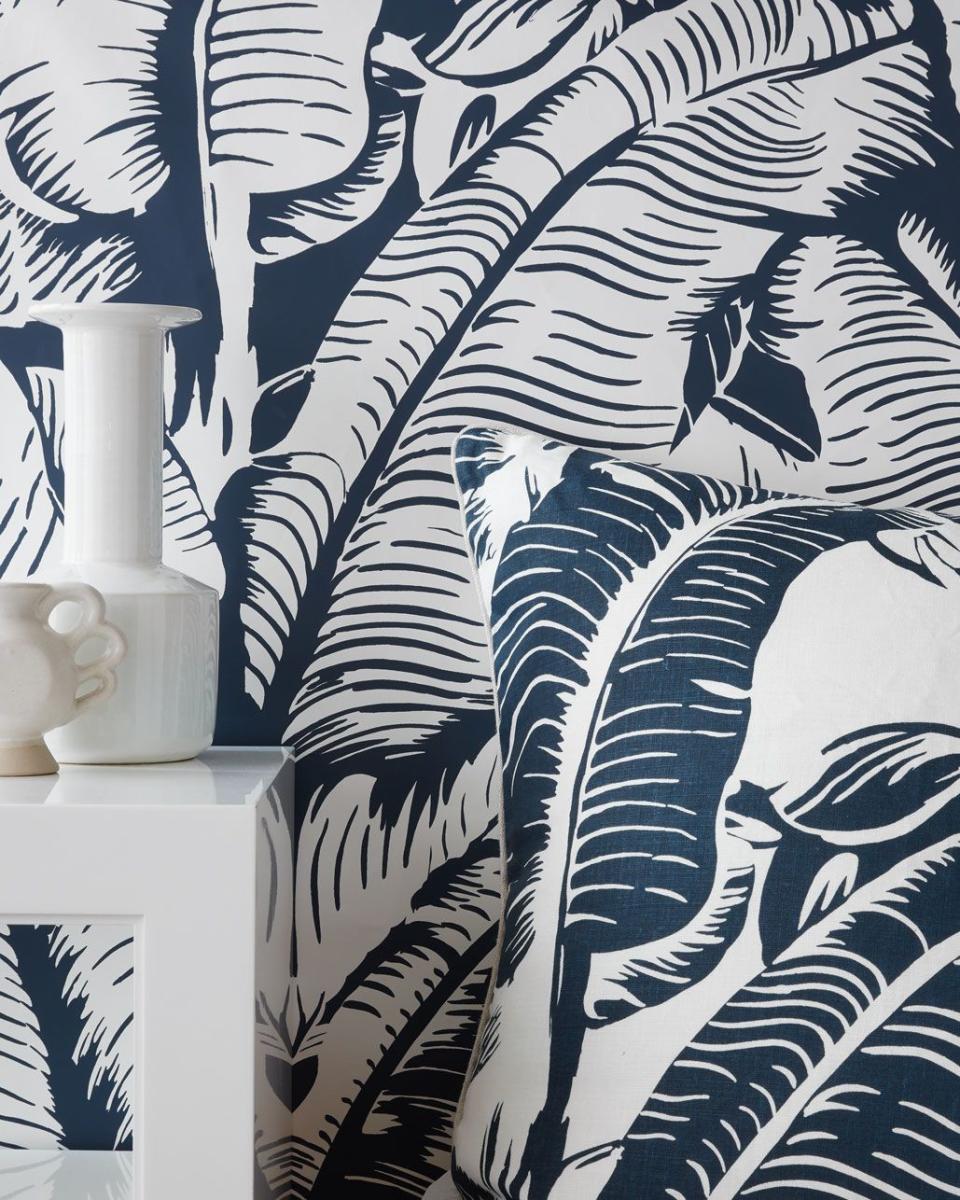
Since then, Polsby has been reimagining the company and its star pattern and today, CW Stockwell has released its first new collection in decades, a fresh, fun line that pays homage to CW Stockwell's past while planting it squarely in the present.
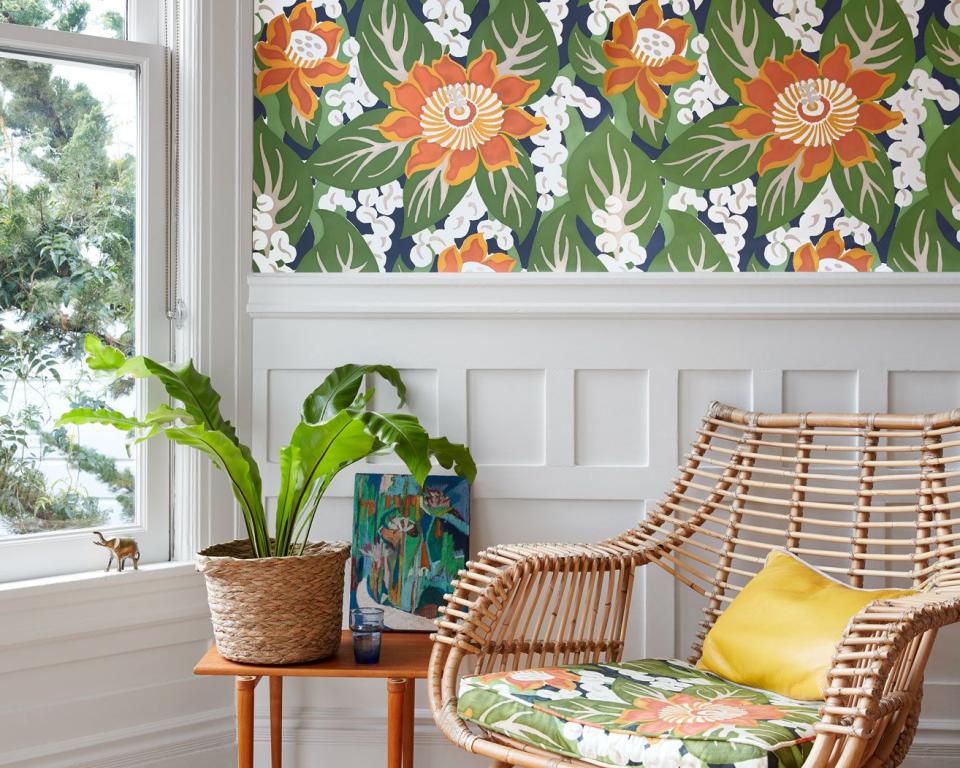
"Martinique is the anchor of the brand but in my review of the archives, it was obvious that Martinique was one of such a huge breadth of subject matter in the pattern assortment," Polsby explains. "So I wanted to capture that and not be beholden to the patterns themselves."
That meant making tweaks to update the patterns and tie them together. Flowerette, for example, comes from an archival batik, but removes a spotted background for a cleaner look. Canyon is an original design by Polsby whose shapes she pulled out of the decorations on intricate ginger jars in the archival Kan-Shie pattern. "That was something that was really exciting once I got started, was going through the sample books and seeing all these adjacencies in groups," Polsby says.
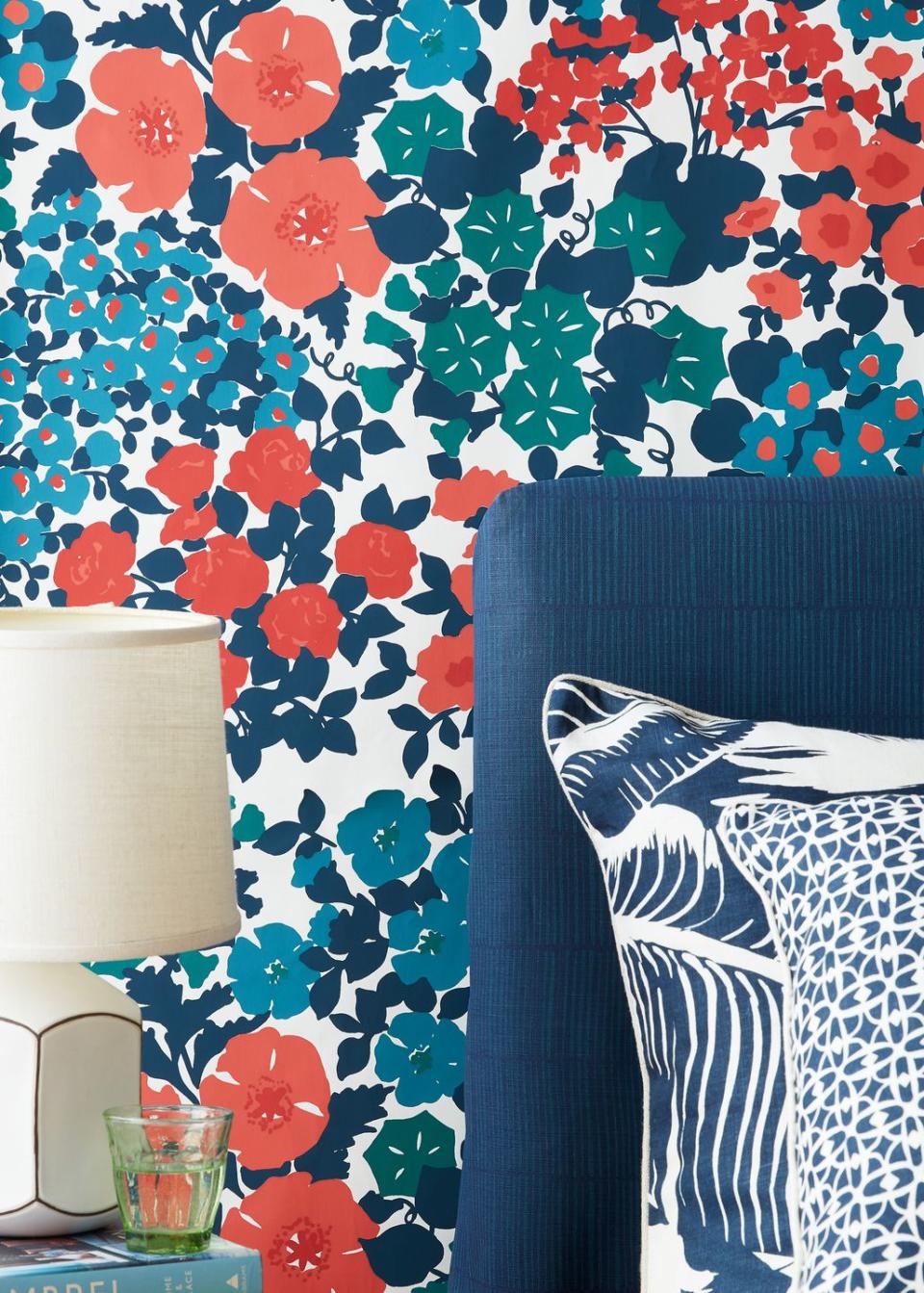
The resulting collection, then, presents a range of prints (14, to be specific, in dozens of colorways) which can, in various combinations, skew understated or all-out maximalist. After all, after decades in hibernation, Polsby wants the company to reach as many fans as possible.
"The brand is very much about being accessible and high design at once," she says. "There are a lot of people who feel intimidated by design, and they shouldn’t-There’s no exact science. If the pattern makes you happy, it’s the right thing to do!"
Follow House Beautiful on Instagram.
('You Might Also Like',)

